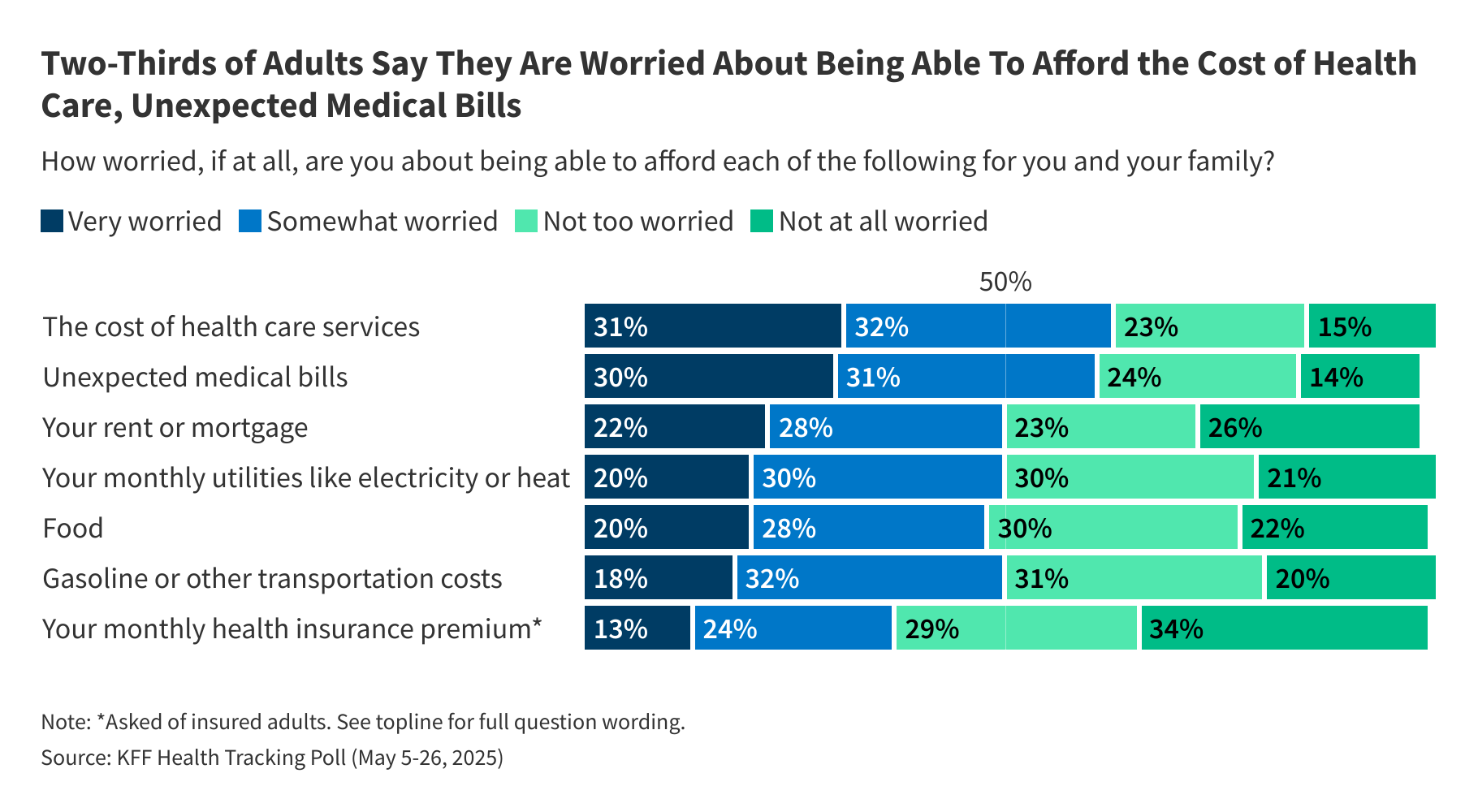The Centers for Medicare and Medicaid Services released its annual physician pay rule for 2026 on Friday night, which increases physician reimbursement by 3.77% for qualifying providers in advanced alternative payment models and 3.26% for other providers.
The bulk of the positive payment adjustment, 2.5%, comes from President Donald Trump’s One Big Beautiful Bill enacted on July 4.
Trump’s CMS touts that its final rule reduces unnecessary spending while honing payment accuracy. Though, the rule is required to be “budget neutral” and thus does not increase or decrease overall spending by the agency.
The rule emphasizes the importance of shifting the incentives of healthcare to pay for prevention and wellness, rather than downstream, expensive hospitalizations. The final PFS includes policies that promote advanced primary care and the treatment of chronic conditions, in line with the agenda of Health and Human Services (HHS) Secretary Robert F. Kennedy Jr.
“The new Medicare fee schedule delivers a major win for seniors, protects hometown doctors, and safeguards American taxpayers,” Kennedy said in a statement. “It realigns doctor incentives and helps move our country from a sick-care system to a true health care system.
CMS released the proposed physician fee schedule in July.
For the upcoming year, CMS was newly required to create separate payment rates for qualifying providers (QPs) in advanced alternative payment models and those that aren’t. The positive 3.77% and 3.26% adjustments it finalized come from a statutory update in the Medicare Access and CHIP Reauthorization Act (MACRA), a 0.49% positive budget neutrality adjustment by CMS, and a 2.5% one-year payment increase from the One Big Beautiful Bill Act.
Though the topline numbers show an increase in physician payment, the agency has enacted other policies that could reduce overall payment for some physicians. One policy changes how work RVUs (relative value unit) are calculated, decreasing payment for a swath of services, like procedures. Physicians that perform those services will not experience the full benefit of the positive conversion factor.
CMS also finalized a change to the way indirect practice expenses are accounted for, which lowers the amount facility-based physicians are paid for administrative expenses. Many hospital-based physicians argue they have the same administrative overhead as independent providers.
The payment policies stand to benefit primary care providers working in outpatient offices, who will gain the full benefit of the increased payment rate.
CMS seeks to decrease spending on skin substitutes and has lowered the payment rate for the products to a single, averaged rate of $127.28 for hospital outpatient departments and physician practices. In future rules, the agency said it will create separate rates for the three FDA-recognized categories of products.
To advance treatment of chronic conditions, CMS is adding opportunities to get paid for primary care services. It has created optional add-on codes for integrating behavioral health to the advanced primary care model, introduced in 2025.
“The Administration is directing our focus towards understanding and drastically lowering chronic disease rates, including thinking on nutrition, physical activity, healthy lifestyles, over-reliance on medication and treatments, the effects of new technological habits, environmental impacts, and food and drug quality and safety,” a press release said.
The agency has also finalized its proposal for a new Ambulatory Specialty Model, which focuses on specialty care for beneficiaries with heart failure and low back pain. CMS says the model will promote higher quality of care and prevention. The model is mandatory.
The administration is also adding payment for the treatment of attention deficit/hyperactivity disorder (ADHD) through digital mental health treatment, commonly known as prescription digital therapeutics.
In another win for digital health, CMS is finalizing changes to the Medicare Diabetes Prevention Program to allow virtual-only providers to be paid for the service.
The annual pay rule finalizes telehealth policy updates in the Medicare program, though payment for the services is paused during the ongoing government shutdown, which now enters its second month.
Shutdown notwithstanding, CMS modernized the way the agency adds new services to the Medicare telehealth program. Going forward, the agency will only consider if the service can be furnished using an interactive, two-way, audio-video visit.
The rule permanently allows supervising physicians to be available virtually, as the agency proposed in July.
The agency will permanently allow teaching physicians to supervise residents virtually, but only when the patient, resident and supervising clinician are participating in a three-way telehealth visit. The policy applies to rural and urban areas.
In its proposed rule, the agency did not include this proposal, but stakeholder comments convinced CMS to finalize the policy. However, CMS will not allow teaching physicians to have a virtual presence when the resident and patient are working onsite and in person.
CMS will also permanently remove frequency limitations on telehealth for subsequent inpatient visits, subsequent nursing facility visits, and critical care consultations.
Publisher: Source link









